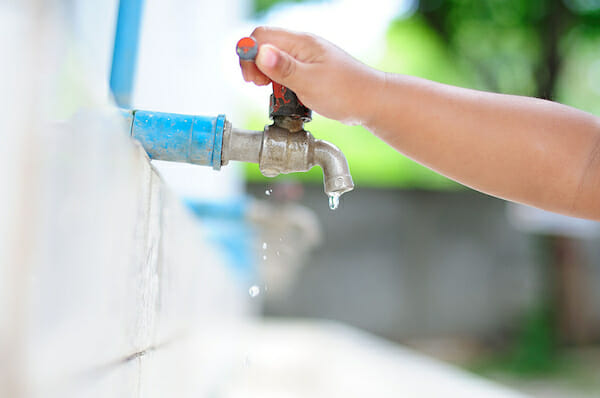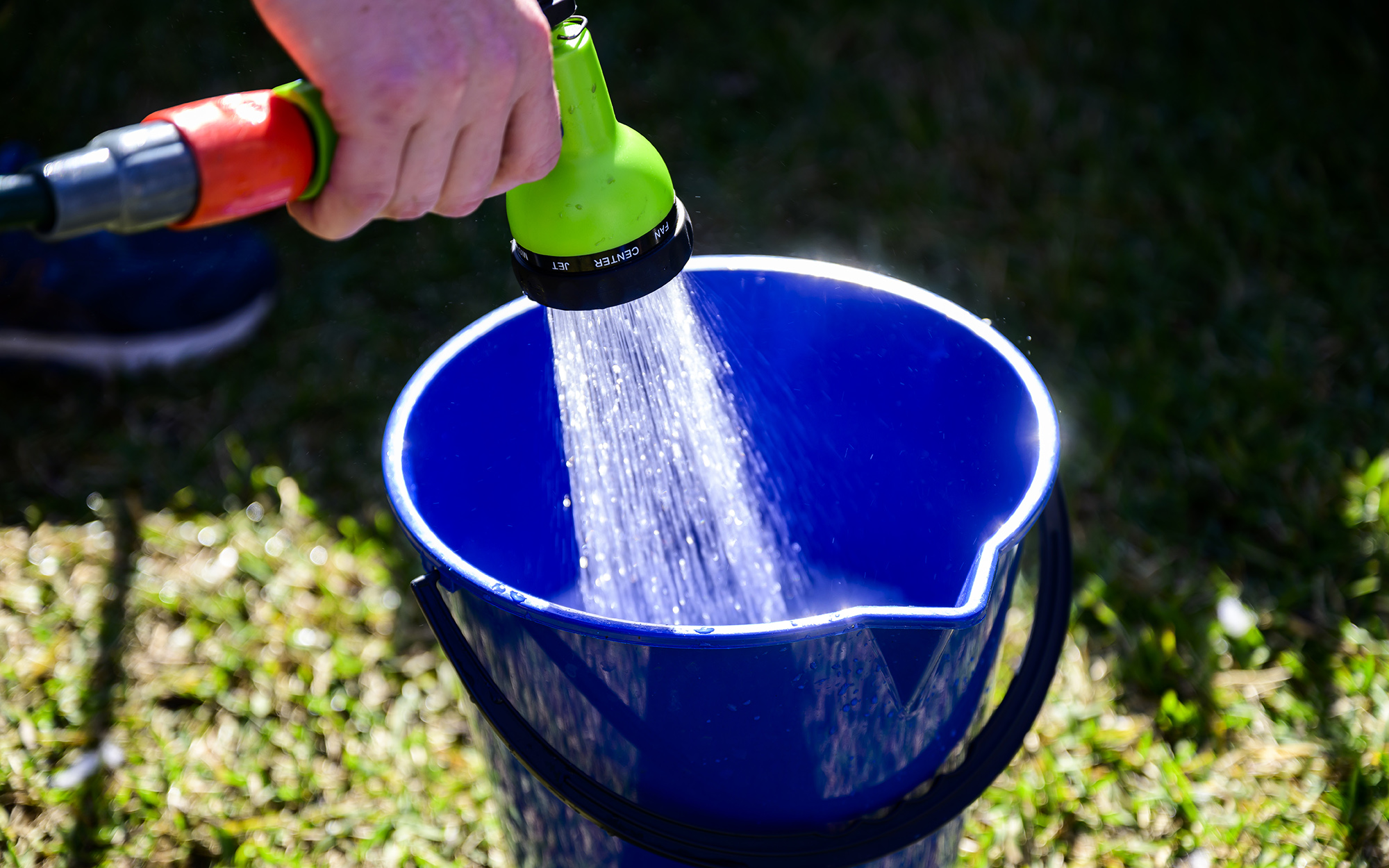
Water Saving Irrigation Techniques for the Tech Savvy
Share
In an era where technology is rapidly advancing, the integration of smart systems into everyday life is becoming the norm. One area where this is particularly beneficial is in agriculture through water saving irrigation techniques. These techniques not only help in conserving our planets most valuable resource but also enhance agricultural productivity. As tech professionals and enthusiasts, understanding the intersection of technology and agriculture is crucial, especially as we face the challenges of climate change and water scarcity.
By deploying smart irrigation systems, we can significantly reduce water wastage and optimize the water use efficiency. This article explores various methods and technologies that are shaping the future of irrigation, making it more sustainable and efficient.

The Need for Water Saving Irrigation Techniques
With the global population on the rise, the demand for food production is increasing, placing a strain on water resources. Traditional irrigation methods are often inefficient, leading to unnecessary water wastage. According to the Wikipedia on Water Conservation, agriculture accounts for about 70% of global freshwater withdrawals, making the adoption of efficient irrigation techniques imperative.
Tech professionals have a unique opportunity to innovate and improve these systems, making them smarter and more responsive to environmental conditions. By leveraging data and IoT technologies, irrigation systems can be fine-tuned to deliver water precisely when and where it is needed, reducing waste and improving crop yields.
Innovative Smart Irrigation Systems
Smart irrigation systems use a combination of sensors, controllers, and algorithms to optimize water use. Here are some innovative techniques currently being employed:
Soil Moisture Sensors
These sensors measure the moisture level in the soil in real time and provide data to the irrigation controller. The controller then adjusts the irrigation schedule based on the moisture data, ensuring that plants receive the right amount of water. This not only conserves water but also prevents overwatering, which can harm plants.
Weather-Based Systems
Weather-based irrigation controllers use local weather data to adjust watering schedules. By predicting rainfall and temperature changes, these systems can prevent irrigation during rain or reduce water output during cooler periods, saving significant amounts of water. For more detailed insights, check out our article on Real-Life Applications of Smart Irrigation.
Benefits of Water Saving Irrigation Techniques
Implementing these advanced irrigation techniques offers numerous benefits:
Environmental Conservation
Reducing water usage directly contributes to environmental conservation, preserving water bodies and ecosystems. This aligns with global efforts to promote sustainability and combat climate change. For practical steps on how to conserve water, visit Wildlife Trusts.
Cost Efficiency
Less water usage means lower water bills for farmers, making agriculture more economically viable. The initial investment in smart irrigation systems can be offset by the long-term savings on water costs.
Increased Crop Yields
By providing the optimal amount of water, crops are healthier and more productive. This is particularly important in regions where water scarcity is a significant concern. Learn more about Industrial Water Conservation Techniques that enhance agricultural productivity.
Challenges and Opportunities
While the benefits are clear, there are also challenges to implementing these systems. High initial costs, the need for technical expertise, and maintenance requirements can be barriers for some farmers. However, these challenges also present opportunities for tech professionals to develop more affordable, user-friendly solutions.
As technology continues to evolve, the potential for innovation in irrigation is vast. From AI-powered predictive analytics to blockchain for water usage tracking, the possibilities are endless.
Conclusion
The integration of technology into agriculture, particularly through water saving irrigation techniques, is essential for sustainable development. By embracing these innovations, we can ensure a more secure and sustainable future for agriculture and water resources. As tech enthusiasts, your role in this transformation is pivotal.
For further reading, explore our article on Common Problems with Water Saving Toilets to understand the broader implications of water conservation technologies.

FAQs
What are the main components of a smart irrigation system?
Smart irrigation systems typically include sensors, controllers, and software that work together to optimize water usage based on real-time data and environmental conditions.
How does smart irrigation contribute to sustainability?
By reducing water wastage and ensuring efficient water use, smart irrigation systems help conserve water resources, contributing to environmental sustainability.
Are smart irrigation systems cost-effective?
While the initial investment can be high, the long-term savings on water bills and increased crop yields make smart irrigation systems a cost-effective solution for many farmers.
